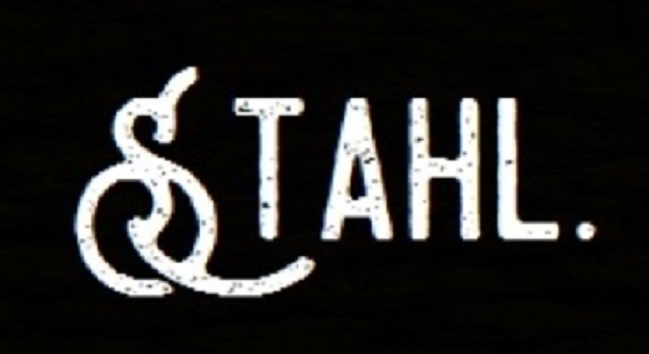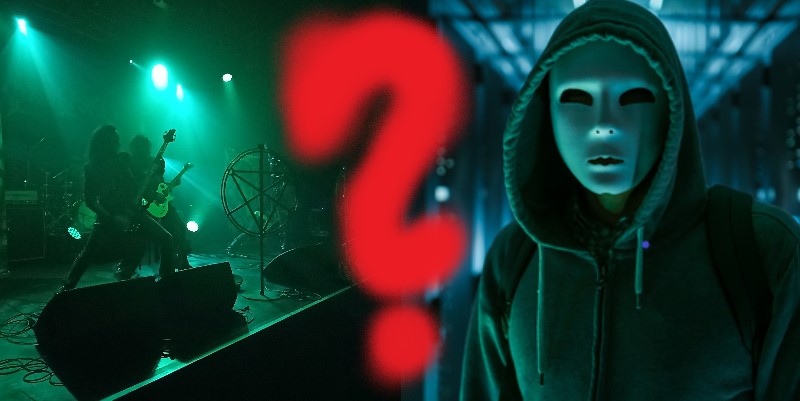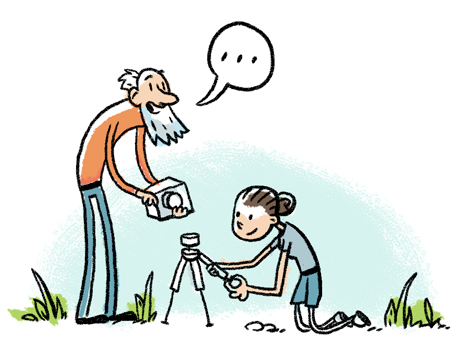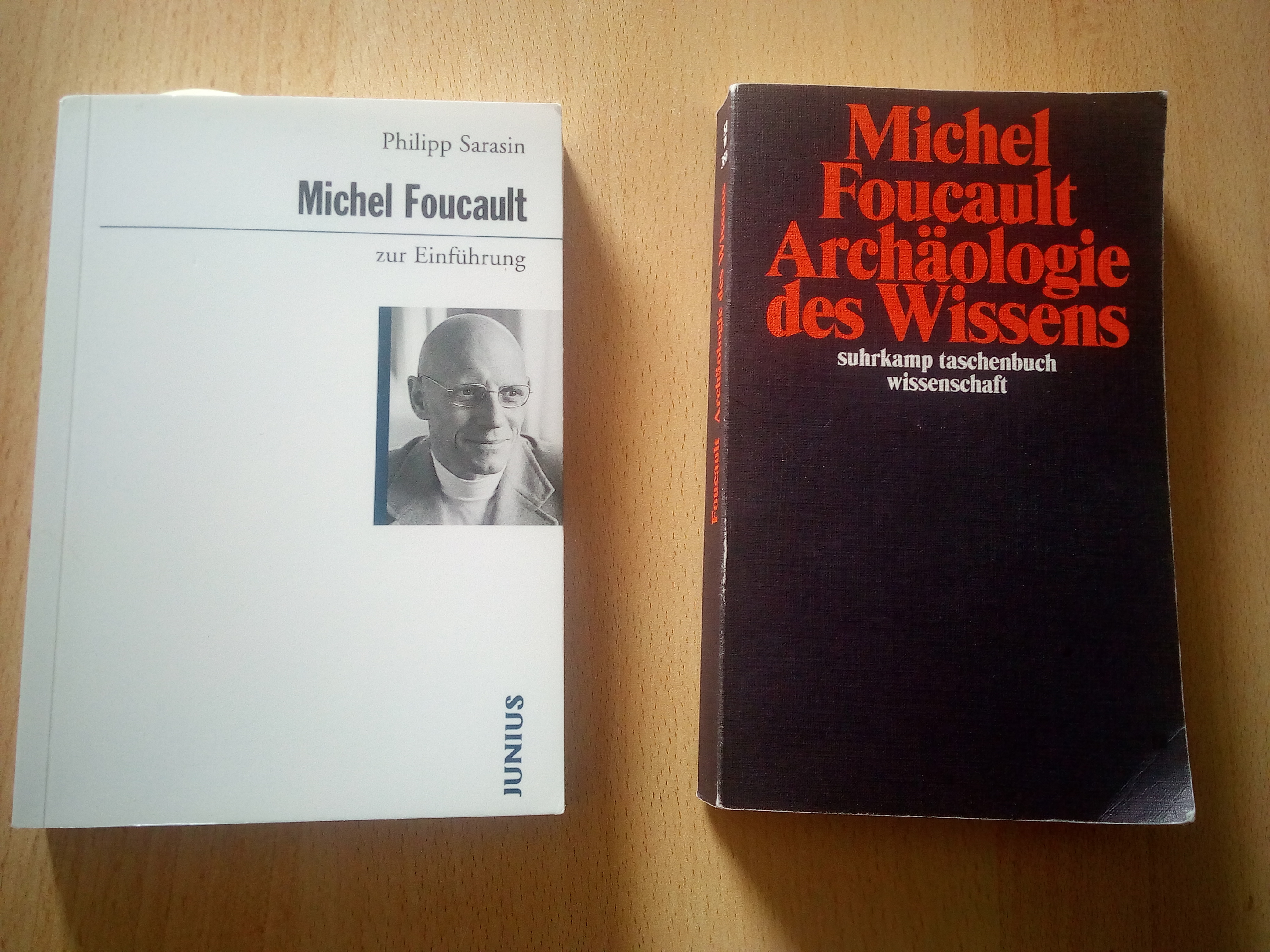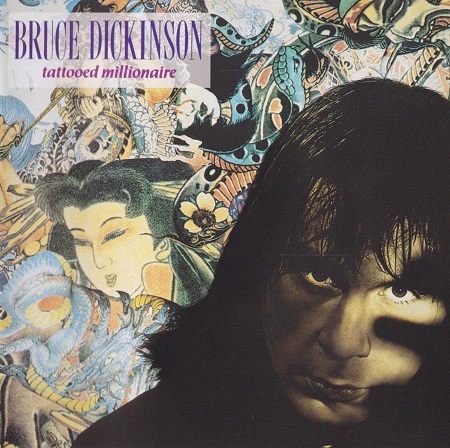Last Saturday, for the first time since March 2020, I attended a metal show at Explosiv youth centre in Graz, Austria. The billing consisted of Alphayn, Groteskh, Heathen Foray and Obscurity. After a concert-less six months, now, slowly, smaller-sized club shows are coming back. The audience has to be smaller than usual and also the fans in the crowd must wear the omnipresent masks. In metal culture, the mask has become a cultural signifier. Many bands offer masks with their logos or album artworks as merchandize. In this shorter blog post, I reflect on two aspects: First, on how these conditions created a very specific and peculiar atmosphere at a metal concert; and second, on how such ‘atmospheric’ aspects can be analyzed in Metal Music Studies.
I, the mask…
In everyday culture, the masks haven become day-to-day companions of our lives. Most Austrians wear them, only few refuse to do so. So do most Austrian fellow metalheads agree to wear them, but some are critical about them. On this evening, they had to be worn when entering the concert hall. As written before, the masks – usually in black – have become regular items in metal webshops. Hence, more and more, the masks are part of (commercial) metalness identity-building. At this concert, they were compulsory in the concert hall but in front of the venue and in the bar area people did not have to wear them:
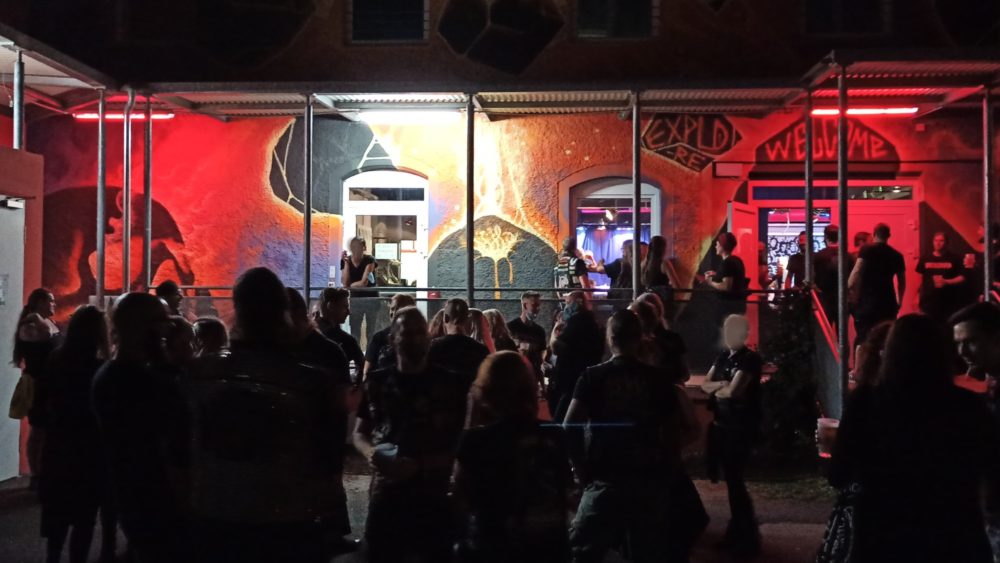
In consequence, in front of the venue and in the bar space, things were going usual ways. People were chatting, discussing the perfomances, having drinks or smoking cigarettes. But in the hall, the situation was strangely different from other concerts I had witnessed there before. The audience was about 200 local metalheads, half the size of ‘normal’ shows. So it was less crowded. In the audience space, the masks had to be worn and people were required to keep a safety distance from each other. Both worked quite well. The odd amospheric effect was that the masks – even more than usually – anonymized the fans. They became ‘faceless’.1
The fans not allowed to show their faces and directly express enthusiasm, excitement or also disapproval towards the bands via facial expressions, there was quite an odd atmosphere in the audience. Heabanging, showing the metal horns and ‘moshing’ happened, but in strangely anonymized and socially distant ways. Not distant because of the new rules, but distant because the actors in the audience were anonymized into ‘facelessness’. The main effect was that, even more than usually, the artists – who did not wear the masks – became the centre of attention, as they were the only ones who could show their faces:
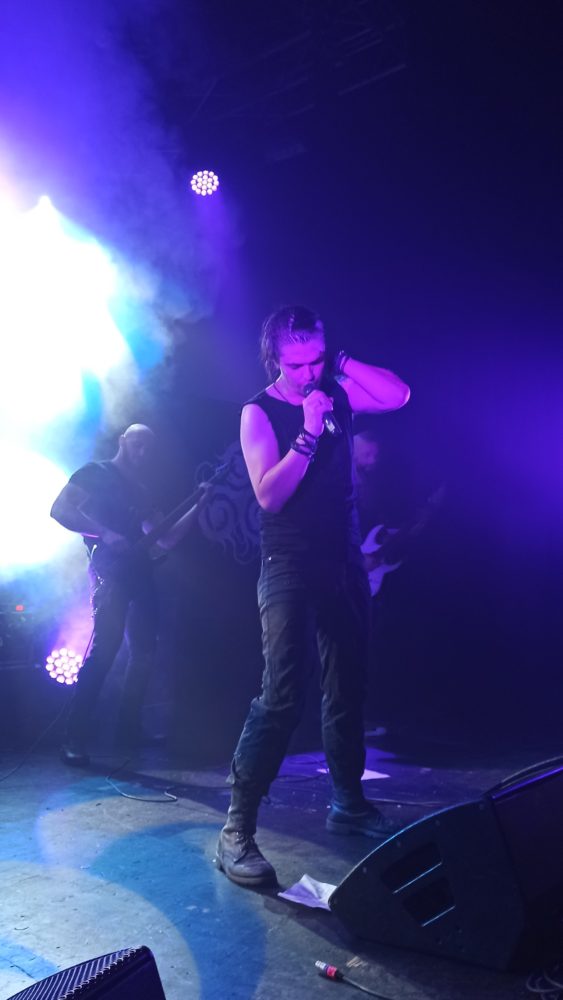
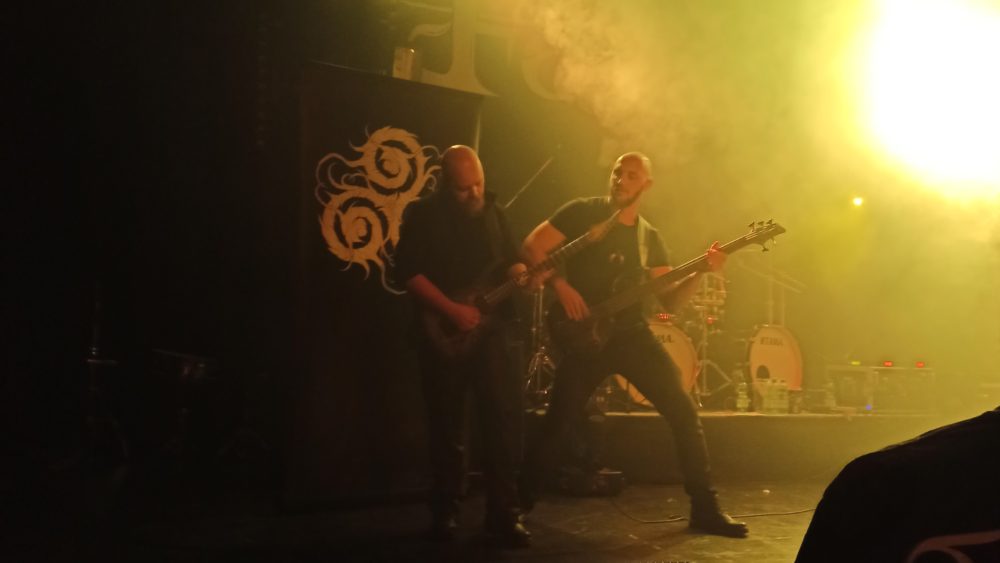
Thus, in an atmospheric way, the current ‘Covid19’ conditions changed the ‘mood’ at metal concerts, at least at this specific, contingent concert as an individual event on 12 September 2020. The cultural key signature of this event was that – much more than already before – there was a clearly palpable hierarchical distance between the artists and the audience. The ones were ‘faceless’, anonymous watchers, they others were in the bright light of attention, showing their faces on the stage. How to make sense of this change of atmosphere in scientific ways?
Atmosphere, mood, stimmung…
In 2012, the German literary scientist Hans Ulrich Gumbrecht published a book entitled ‘Atmosphere, Mood, Stimmung: On a Hidden Potential of Literature‘.2 The notions in his title – ‘atmosphere’, ‘mood’ and most of all the German-language notion of ‘stimmung‘ (a major concept of 19th century German Romanticism) – catch the main qualities of this concert event.3 Stimmung describes the affects and emotions that followed from the sensual impressions – watching, listening, smelling, tasting – at this event. The impressions of ‘faceless’ metalheads in the audience, of bands performing without masks in the bright light on the stage, but also of the usual routine in front of the venue, created this evening’s individual stimmung. The main point of this stimmung is that it implied a new atmospheric hierarchy at a concert. We should keep an eye on this because it involves matters of power and representation.
For the situation of metal concerts, see D. Weinstein, Heavy Metal: The Music and its Culture, Boulder, CO: Da Capo Press, 2000, 199-235. ↩
H.U. Gumbrecht, Atmosphere, Mood, Stimmung: On a Hidden Potential of Literature, Stanford; CA: Stanford University Press, 2012. ↩
For Romanticism, see W. Breckman European Romanticism: A Brief History with Documents, New York: Bedford/St. Martin’s, 2007. ↩
